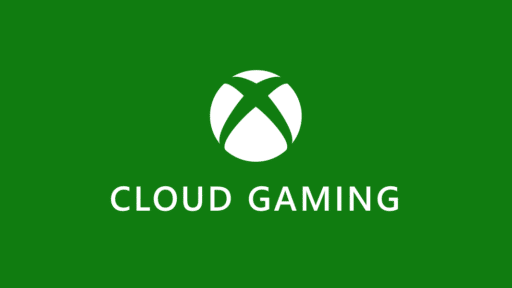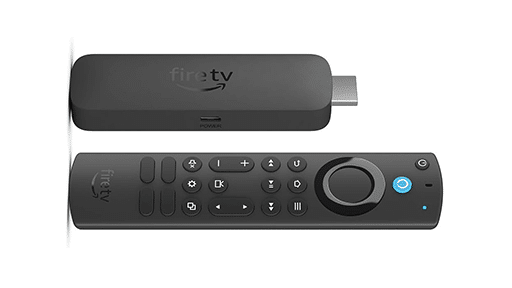
Xbox Cloud Gaming (sometimes referred to as Xcloud) is one of the most popular Cloud Gaming services available. A cloud gaming service is a paid subscription that allows you to play PC or Console quality games on multiple devices (phones, tablets, Smart TVs, budget laptops) by “streaming” the games from a server in the cloud that has a high-quality CPU/GPU configuration on which the game video is actually generated. The game doesn’t need to be downloaded or installed on any local device to be played and can be saved and restarted on a totally different device.
To utilize Xbox Cloud Gaming, you’ll need a subscription to Xbox Game Pass Ultimate – which currently runs $16.99 a month. However, the subscription provides you not just with cloud gaming access but also with a library of over 500 top games to play.
Over the last few weeks, Xbox Cloud gamers have noticed that launching a game on any of their devices with cloud gaming has resulted in a bit of wait before the game starts. Reports are coming in of “queue” wait times of anywhere between 2 and 200 minutes!

Why the Wait?
The increased likelihood of waiting for your Xbox Cloud game to start and the increased wait-time you might be facing is due to the release of Starfield on Xbox Game Pass – which is exclusive to the PC and Xbox ecosystems and can be streamed via the Xbox Cloud.
The issue is that there are simply more people who are wanting to play on Xcloud (across all games including Starfield) at given times than there are server blades (you can think of a server blade as an Xbox in a data-center cabinet) to support them.

Over 10 million people have already played Starfield across Steam, Xbox Series S/X, Xbox on PC and Xcloud.
A cloud gaming company like Microsoft needs to decide how many servers to place in their data centers to meet demand. We don’t know exactly how many servers Microsoft has placed around the world, but have heard rumors that a country like the UK has been allocated a number on the order of 10’s of thousands.
In general, it’s a tough equation to solve for these companies. They certainly don’t want to deploy more hardware into their data-centers than will be in use most of the time. That would be a huge waste of money. So, they likely shoot to match average daily peak usage. But, that means that if demand spikes due to a new game launch (e.g. Starfield), they aren’t going to be able to satisfy everyone’s request to play at once. Hence, the queue.

It doesn’t really matter what game you are trying to play in the cloud. You are going to wait even to get in your daily zen on with Power Wash Simulator because all games share the same hardware.
Can they do better?
In order to try to match peak-demand with their server capacity, Microsoft has a couple options:
1. Over-Provision the Supply of Servers
Potentially… A company like Microsoft can over-provision their cloud server capacity most of the time in order to be able to meet peak demand. But, that will be costly! They can try to make it worth their while by:
- Charging more for a cloud gaming subscription to make up for the cost
- Utilize the servers for other work during off-peak times – for example training machine-learning models. After all, there is currently a massive global-GPU shortage for those activities.
While Microsoft may be doing #2, one issue for them is that console-class GPUs aren’t exactly the best GPUs for training AI. It’s more cost effective to use top of the line data-center GPUs like the NVIDIA A100/H100 accelerators for those purposes.
If Microsoft were to shift Xcloud to use one of their existing Azure GPU server offerings (instead of Xbox Series X specs), the hardware could play a multi-purpose role. It would, however, amount to another Xbox skew for developers to target (though if they are also targeting PC, they should have this flexibility already).
What MS likely needs to do in the future is pick a cloud architecture that is economical enough to support their cloud gaming subscription but also useful enough to contribute to AI training and inference during off-peak hours in a meaningful way – training and inference with ChatGPT, for example.
The reality is that this is going to take some time and experience to get right.
2. Charge Users to Cut the Line
Another avenue Microsoft could explore is charging users for higher levels of priority to Xcloud. Right now all of the 10-20 million Game Pass subscribers have equal access to Xcloud. If there are only O(100,000s) of servers around the world, however, there is a potential mismatch in numbers!
Microsoft could choose to add a cloud-priority plus-up payment on top of the Xbox Game Pass Ultimate subscription. Everyone who doesn’t pay for the extra priority could still access the service by waiting in the queue or playing off-hours. This is essentially GeForce NOW’s (GFN) subscription model. Given that Xbox Game Pass titles are now available to play on GFN, you actually have this option available to you right now. But the price isn’t exactly cheap. It’ll cost you an extra $10 a month for GFN Priority tier or $20 for the GFN Ultimate tier. This can get pricey when you add it on top of the $17 a month Game Pass Ultimate subscription.
Conclusion
In conclusion, the queue times you might be facing right now when attempting to use Xbox Cloud Gaming are really just a simple matter of supply and demand. Where demand at peak-periods (popular times of the day/week and after popular game releases) exceeds the supply of available Xbox servers in MS’s datacenters. Demand is currently a lot higher than a month ago due to Starfield’s release.
There are some tactics Microsoft can take to address the situation, but it is a non-trivial challenge all cloud gaming companies face (assuming they reach sufficient popularity). What do you think is the best solution?







